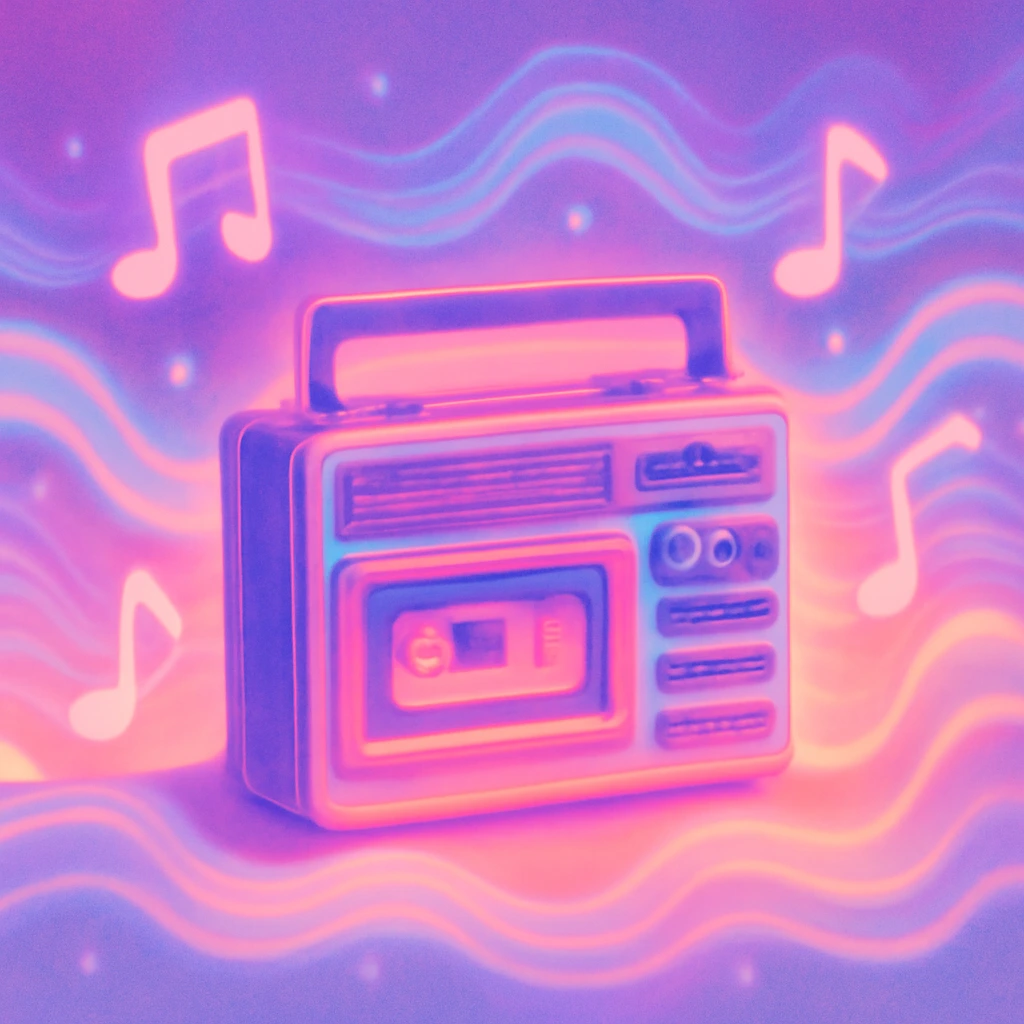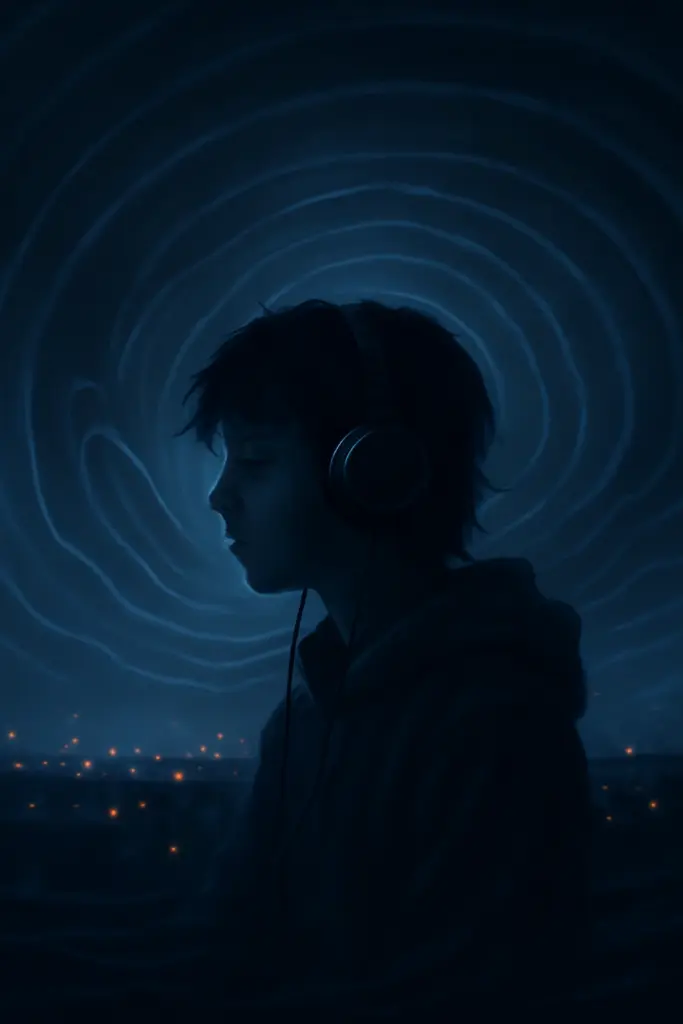Music has always carried the mysterious power to alter moods, evoke memories, and even change our perception of time. Over the past several years, a fascinating trend has swept through YouTube, TikTok, and Spotify playlists: slowed and reverbed tracks. What began as niche remixes on social media has blossomed into a full-fledged internet subculture—and for good reason.
Slowing down a song and adding reverb can transform even the most familiar pop hit into something altogether new: immersive, introspective, and strangely nostalgic. Whether it’s hip-hop suddenly feeling meditative, pop ballads morphing into cinematic soundscapes, or dance tracks becoming hazy dreamlike anthems, the slowed + reverb treatment reveals emotional layers you never noticed before.

In this article, we’ll explore the best genres for this effect, peppered with real-world listener experiences, curated track recommendations, and data-driven insights into why this trend simply refuses to fade.
Why Do Songs Sound So Good When Slowed and Reverbed?
The Science & Emotion Behind the Sound
Slowing and reverberating a song does more than merely stretch its runtime; it changes how your brain processes the music. By lowering the tempo and adding spacious echo, the track’s details—background instruments, breathy vocals, and subtle harmonics—are brought forward.
This gives the music a dreamlike, even melancholic quality. Many listeners report that it helps them focus, relax, or connect more deeply with the lyrics, especially late at night or during periods of introspection.
On Reddit, one user describes the appeal with heartfelt precision:
“What could be an upbeat song suddenly turns into a song where I find nothing but melancholy, nostalgia, and longing for something. They make for great early mornings to ease me into the day…It just calms me down. Highly recommend anyone to find a tune they like and see if there’s a slowed+reverbed option!”
The Best Genres for Slowed & Reverbed Magic
While almost any song can get the slowed + reverb treatment, there are certain genres that truly shine. Let’s dive deep into a few of the best—and why they work so well.
1. Hip-Hop & R&B: The Roots of the Movement
The slowed and reverbed phenomenon didn’t emerge out of nowhere. Its roots reach back to Houston’s “chopped and screwed” hip-hop scene, pioneered by DJ Screw, where tracks were slowed to accentuate beats and lyrical flow. In the modern form, hip-hop and R&B have become the most celebrated genres for this effect.
Why It Works:
- Lyrics Hit Harder: Slowing down rap verses gives listeners time to savor every word, often adding emotional weight to stories of love, struggle, or ambition.
- Production Detail: Layered instrumentals, 808 kicks, and synth lines become almost tactile, and the reverb magnifies the sense of space.
Standout Slowed & Reverbed Tracks:
- Don Toliver – “No Idea”
- Drake – “Doing It Wrong”
- SZA – “I Hate U”
- Mac Miller – “Self Care”
- Kanye West – “Flashing Lights”
Redditor insight:
“Slowing modern songs, especially R&B and rap, can do wonders to emphasize production and better unify an artist with their background music… that unification helps to create a better sense of immersion, which could be why there’s such an emotional response.”
2. Pop: From Bubblegum to Bittersweet
You might not expect pop bangers to excel when slowed, but this genre can surprise you. The effect is often especially dramatic with songs that are otherwise fast-paced or cheerful. When slowed, many pop songs flip from radio-friendly to introspective, even haunting.
Why It Works:
- Emotional Transformation: Upbeat hits become cinematic ballads, and energetic choruses turn into soulful laments.
- Universal Lyrics: Familiar pop hooks gain new gravitas, making them resonate in unexpected ways.
Community Favorites:
- Ariana Grande – “God is a Woman”
- Taylor Swift – “August”
- The 1975 – “Somebody Else”
- One Direction – “Night Changes”
- ABBA – “Lay All Your Love on Me”
- Mariah Carey – Various tracks
“August by Taylor Swift in slowed + reverb…transcended me to a higher state and made me feel calmer than I have ever been before.”
3. Synth-Pop, 80s, and Vaporwave: Born for Reverb
If you adore the retro and ethereal, synth-pop and 80s tracks are the canvas for slowed and reverbed greatness. This genre overlaps heavily with vaporwave, a movement dedicated to nostalgia and digital melancholia—often achieved simply by slowing down and reverberating 80s and 90s cuts.
Why It Works:
- Atmosphere: Big reverb and analog synths pair perfectly; the slower tempo adds even more haze and nostalgia.
- Timelessness: Fleeting pop moments of the 80s are transformed into slow-motion daydreams.
Essentials:
- The Weeknd – “Blinding Lights”
- Carly Rae Jepsen – “All That”
- Tame Impala – “Let It Happen”
- MACINTOSH PLUS – “リサフランク420 / 現代のコンピュー” (Vaporwave classic)
4. Indie & Alternative Rock: Melancholy Amplified
Indie, alternative, and even classic rock songs gain surprising depth through this transformation. Slow tempo and reverb accentuate melancholic chords, intimate lyrics, and subtle guitar work.
Why It Works:
- Textural Detail: Reverb brings out atmospheric guitar and vocal overlays, making tracks more immersive.
- Heightened Melancholy: Already sad songs become near cinematic in their emotional payload.
Notable Picks:
- Arctic Monkeys – “Do I Wanna Know”
- Pixies – “Where Is My Mind?”
- Coldplay – “Yellow”
- The Cinematic Orchestra – “To Build a Home”
- Dolly Parton – “Jolene”

5. Lo-Fi, Chillwave & Instrumentals: The Study & Vibe Soundtrack
Lo-fi hip-hop, chillwave, and similar genres already lean towards relaxed, atmospheric soundscapes—slowing and reverberating these tracks just takes the vibe to another level.
Why It Works:
- Instant Ambience: These genres are all about setting a mood. Slowed + reverb makes them the perfect study or sleep soundtrack.
- Minimal Lyrics: With little to distract you, the mind can wander freely.
Fan Favorites:
- Ludovico Einaudi – “Experience (Slowed + Reverb)”
- Chillhop and lofi playlists from YouTube/Spotify
How Popular is Slowed & Reverbed Music?
Genre Popularity Data
| Year | Slowed & Reverb Releases | Notable Events |
|---|---|---|
| 2017 | 12 | Slater popularizes effect on YouTube |
| 2020 | 147 | YouTube/TikTok boom |
| 2023 | 320 | Spotify/Apple playlists explode |
| 2024 | 111* (as of mid-year) | More mainstream artists jump in |
*Source: Chosic release tracker
Streams & Views
- Don Toliver’s “No Idea” (slowed+reverb) – 6.8M+ YouTube views
- Lil Uzi Vert “20 Min” (slowed+reverb) – 17M+ YouTube views
- Kanye West “Flashing Lights” (slowed+reverb) – 10M+ YouTube views
Best Slowed & Reverbed Tracks by Genre
Real People, Real Feel: Reddit Experiences
Quotes and stories from Reddit threads bring home why this style resonates. Here are some standout thoughts:
“Slowed+reverb versions of existing songs are great: like What I’ve Done – Linkin Park, Zombie- Bad Wolves, With My Mind-Cold, My Demons- Starset… It’s easier and faster to memorize the lyrics since it’s slowed. It adds unique ambience, especially on good headphones.”
“If it’s 80’s-inspired or synth-pop, I’ll probably be a b-word for it. These edits just hit different.”
“Honestly, I have an entire playlist of Mariah [Carey] slow and reverb that just both relaxes and energizes me. It makes the song in a key I can actually sing in lol.”
Final Thoughts
If you’ve never gone down a slowed and reverbed “rabbit hole,” you’re in for a treat. Fans describe it as the soundtrack to “the life I never had” or the perfect balm for midnight existential crises.
The genres above aren’t just the most popular—they are, frankly, the most transformative. So the next time you feel like you’ve squeezed every drop out of your favorite playlist, search for a slowed + reverb version. You might just find yourself falling in love with a track all over again.
Frequently Asked Questions (FAQs)
Slowed and reverbed music involves decreasing a song’s tempo and adding cavernous echo effects for a dreamy, often emotional, result.
Its popularity skyrocketed during the pandemic—listeners were seeking music to match feelings of nostalgia, introspection, and even loneliness.
Hip-hop, R&B, pop, synth-pop, indie, and lo-fi are typically the most popular and impactful genres for these remixes.
Technically yes, but not all songs suit the style. Tracks with prominent vocals, lush production, or emotional lyrics often benefit most.
Houston’s DJ Screw laid the groundwork in the 90s with “chopped and screwed” hip-hop. The mainstream trend began with YouTubers like Slater remixing popular songs.
Yes, slowed+reverbed remixes can sometimes be removed for copyright reasons unless officially licensed.
YouTube and SoundCloud are the main platforms, but you can also find official versions on Spotify/Apple Music in some cases.
Slower tempo can actually help many listeners catch subtleties, but lots of reverb can muddy vocals depending on the edit.
Slower pace elongates each note and lyric, creating space for emotions to bubble up. It can trigger “false nostalgia,” a bittersweet longing for memories never lived.
Absolutely. Playlists like “Slowed + Reverb / English Lofi Songs” and “Best Slowed & Reverb Songs” are easy to find across streaming platforms.

Candy is the social media manager and resident content creator at SSSlowedAndReverb. A DJ herself, she brings her deep love for slowed and reverb music into every post, blending real-world experience with internet culture to create content that resonates with fans and creators alike.